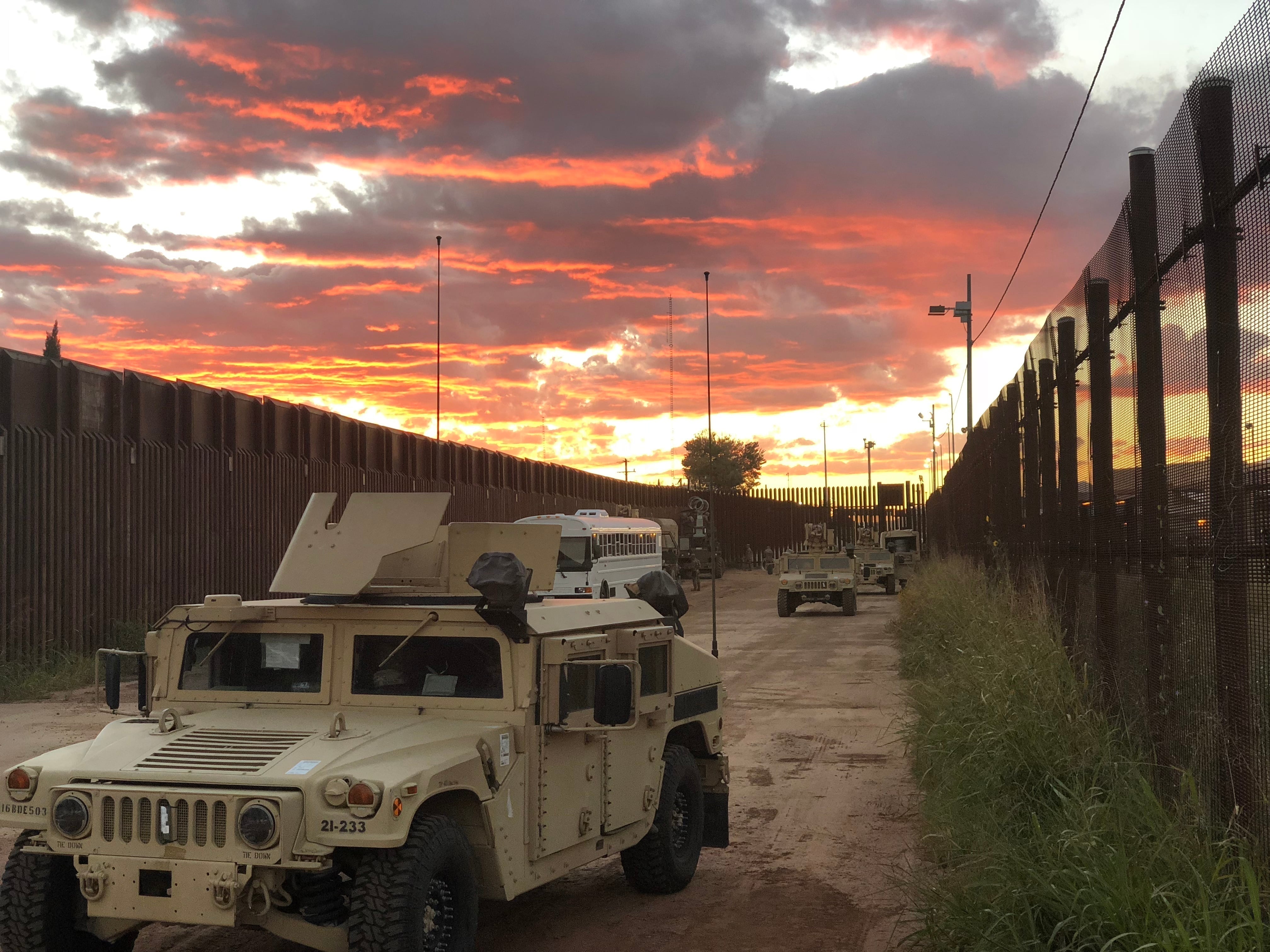Two days after Defense Secretary Mark Esper approved the use of Defense Department funds to build 20 more miles of barrier along the U.S. border with Mexico, the Pentagon boss declined to comment on the possibility that President Donald Trump’s border security project could end up completely funded and overseen by the military.
The signed decision, part of a court filing submitted by the Trump administration, is the latest allocation of DoD resources to help with wall construction, as Trump and lawmakers have not secured funds beyond an initial $1.4 billion allocated by Congress early this year.
“The reason why we were able to do another 20 miles was because the [Army] Corps of Engineers successfully negotiated lower prices than expected, which freed up money to do more miles. It was as simple as that," he said Wednesday in his first on-camera briefing at the Pentagon, more than a year since a defense secretary has taken questions from the press in that setting.
Esper could not provide a total tally on the amount of military funds that have been shifted to support the Homeland Security Department in its border protection efforts, both construction costs and security support from troops.
In March, in his former role as Army secretary, Esper signed off on shifting $1 billion from the Army’s personnel account to help fund the wall. In May, DoD freed up another $1.5 billion, which had been set aside for aid to Afghan security forces, to fund nearly 80 miles of the barrier.
It “would be speculation,” he told Military Times, to say whether the barrier could end up being completely funded and overseen by the Pentagon.
To date, billions of dollars have been poured into wall construction, while thousands of U.S. troops have deployed to the border to assist Customs and Border Patrol in surveillance, as well as intake and detention of migrants, along the border.
“Our response in terms of providing more resources, more troops, depends on DHS needs," Esper said. “And we look at them on a case-by-case basis.”
RELATED

There aren’t currently any plans to surge or draw down those troops, he added. The Pentagon most recently announced an addition of more than 2,000 troops in July.
“So, nothing comes to mind immediately,” he said. "We flex that force based on DHS’s needs at the border, and of course, their needs at the border ebb and flow based on what they see approaching the border.”
On Thursday, the Pentagon issued a response saying $450 million in DoD funds have been obligated for active duty and National Guard deployments to the southwest border since April 2018. Additionally, the Defense Department has committed $2.5 billion to the border wall to date.
Lawmakers have grilled senior Pentagon leadership on the effect the deployments are having on overall troop readiness. Esper, then Army secretary, told the Senate Armed Services Committee the effects on the Army were “negligible,” despite soldiers making up the bulk of the troops deployed.
“It’s part of our mission set that we accept,” he said at the time.
Then-Acting Defense Secretary Patrick Shanahan echoed those comments in testimony before the House Appropriations Committee in May.
“We’re driving buses, we’re serving food, we’re doing medical support and logistics support,” he said. “For now, we haven’t degraded any readiness. But we really need to get back to our primary missions.”
Meghann Myers is the Pentagon bureau chief at Military Times. She covers operations, policy, personnel, leadership and other issues affecting service members.





